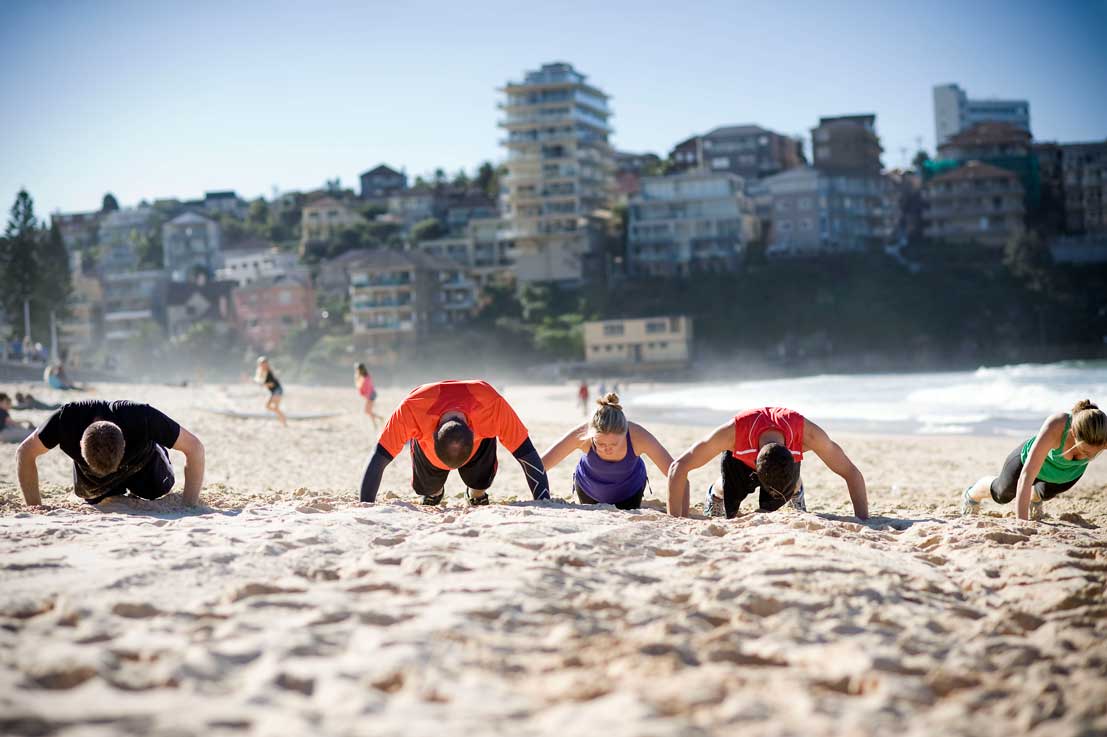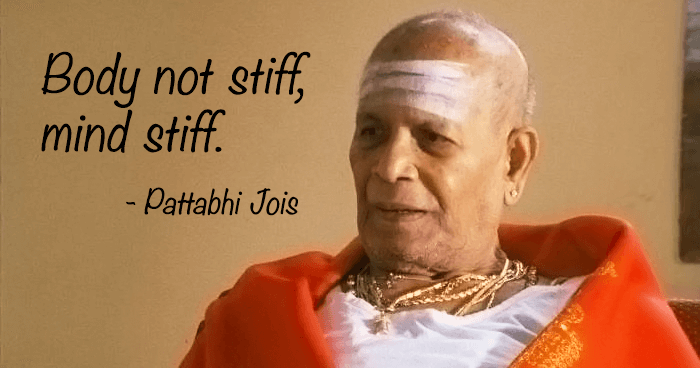Rushing has always been my nature, and choosing startups as a career only intensified my sense of time poverty, whether real or perceived. However, I’m not alone in this. We live near Manly, and every morning the park and beach are teeming with young people who have an abundance of energy to burn. They engage in quick, explosive exercises that can inevitably lead to muscle tightening if they don’t set time aside at the end of a session to stretch properly.
It’s important for them to understand that proper stretching is crucial to prevent muscle tightness – just like me, the alpha types will dismiss it and rush to get to their first meeting.
However, without that final stretching, their exercise routines likely become counterproductive, leading to pain and discomfort – especially when they get older!

I’ve always stretched but it’s been quick until I spent some time Cherie at Sydney Stretch Therapy a few years ago and her colleague at the time Dave Wardman of Physical Alchemy – they both studied under the cruel tutelage of Kit Laughlan (thats a joke, lovely guy but I just love that phrase from Kill Bill about Pai Mei).
That lineage of exercise was really about the awareness you bring to your exercises and how that awareness will magically increase the efficacy of the exercise – it sounded reasonable – but making space for that discipline is tough.
For decades, I dabbled in yoga as a dilettante. However, since 2016, I fell in love with the intense practice of Ashtanga, under the sometimes-cruel tutelage of Pattabhi Jois’ student’s (first 8 in the famous video) student. Ashtanga is a very active practice that is particularly fitting for alpha types.
As I type this now, I recall doing Ashtanga in 2008 in Mountain View, the home of Google. All the women in the classes exuded an alpha attitude, had alpha bodies, and wore yoga attire that made it feel like an Olympic event. The men in the class, myself included, languished in our sweaty tech t-shirts and basketball shorts with zero hope of competing with these goddesses for the most extreme expression of postures in the Primary Sequence.
Of course, we were all focused mindfully on our own practice and were not distracted by the surrounding aesthetics… Not!

Over the last year, diving into Tai Chi has been a healing balm for my rushed disposition. The art of slowness has been especially beneficial for me in Tai Chi, allowing for both strengthening and stillness. At the core of Tai Chi is the word “Sung” (or “Song”), which can mean relaxing or softening, but I prefer the term “loosening.”
To me, “loosening” can mean creating spaciousness where there may have previously been compression. Muscles contract or compress when they’re doing work, and loosening involves not expending excessive energy when it’s not needed. For instance, think about how you might hitch your shoulders up in stressful situations or how you might realize you’ve stopped breathing because your belly has tightened. I’ll write more about Song/Sung another time.

By taking this Tai Chi somatic knowledge, I was able to undertake a recent Yin Yoga class in a much deeper way than before. It reminded me of Cherie and Dave and how the art of loosening peels away another layer, revealing why long, slow held stretching postures are so good and so very different to Ashatanga Primary (very Yang).
Bringing a quality of attention and mind (known as “Yi” in Tai Chi) becomes “intention.” With intention, the magic happens when our senses are completely in the present moment. Loosening and deepening also allows us to drop the mental arguments about sensation, rather than jumping to an editorial conclusion and calling it “pain.”
If we bring our distracted monkey-mind to stretching, yoga, or Tai Chi, we are not developing intention (Yi), which is what the modern world is actively trying to dominate and destroy. Instead, we should give these practices more priority in our lives and fully acknowledge that they are developing a key survival skill.
I asked ChatGPT to: “Explain why stretching muscles must be approached slowly and why large muscles should be stretched longer time than smaller muscles”
They are useful, but in particular the “3. Stretch reflex” explains why stretching quickly and mindlessly are a waste of time and potentially harmfull (I have a 10 year Gracilis injury as proof of that).
Stretching muscles slowly and appropriately adjusting the duration for different muscle sizes is essential for various reasons related to safety, effectiveness, and physiology.
Injury prevention: Rapid or forceful stretching can cause micro-tears in the muscle fibers and surrounding connective tissues. These micro-tears can lead to inflammation, pain, and an increased risk of injury. Slow, gradual stretching allows muscles and connective tissues to adapt to the stretch and reduces the risk of injury.
Muscle elasticity: Muscles contain both elastic and contractile components. The elastic components, such as collagen and elastin, need time to lengthen and adapt to the stretch. Gradually applying the stretch allows these components to lengthen more efficiently, increasing the muscle’s overall flexibility.
Stretch reflex: When a muscle is stretched too quickly or forcefully, it triggers the muscle’s stretch reflex, causing it to contract involuntarily. This reflex protects the muscle from overstretching and potential injury. By stretching slowly, you can avoid triggering the stretch reflex, allowing the muscle to relax and lengthen more effectively.
Improved circulation: Slow stretching promotes better blood circulation to the muscles, which helps deliver essential nutrients and oxygen while also removing waste products. This process can enhance muscle recovery and overall performance.
Relaxation and stress reduction: Slow, controlled stretching can help promote relaxation, both physically and mentally. It encourages mindfulness and a focus on the body’s sensations, which can contribute to stress reduction and a greater sense of well-being.
Regarding the stretching duration for different muscle sizes, large muscles generally require a longer time to stretch compared to smaller muscles because:
Greater mass and thickness: Larger muscles have more mass and thickness, which requires more time to be effectively stretched. The additional time allows the muscle fibers and connective tissues to adapt to the stretch gradually, promoting flexibility and reducing the risk of injury.
Greater workload: Larger muscles typically have a greater workload and are responsible for more significant movements and support. This means they can accumulate more tension and stiffness, requiring a more extended period to stretch and release this tension effectively.
More complex muscle structure: Larger muscles often have more complex structures, with multiple muscle heads or layers. A longer stretching duration helps ensure that all parts of the muscle are adequately stretched, promoting overall flexibility and functional range of motion.
In conclusion, stretching muscles slowly and adjusting the duration based on muscle size is essential for preventing injury, promoting flexibility, improving circulation, and encouraging relaxation. This approach helps to maximize the benefits of stretching while minimizing potential risks.
** Its assumed that tight muscles are not ideal. Another post might explore this.
- mindful vs. mindless stretching
- stretching techniques
- flexibility improvement
- injury prevention
- mental focus in stretching
- wellness and stretching


